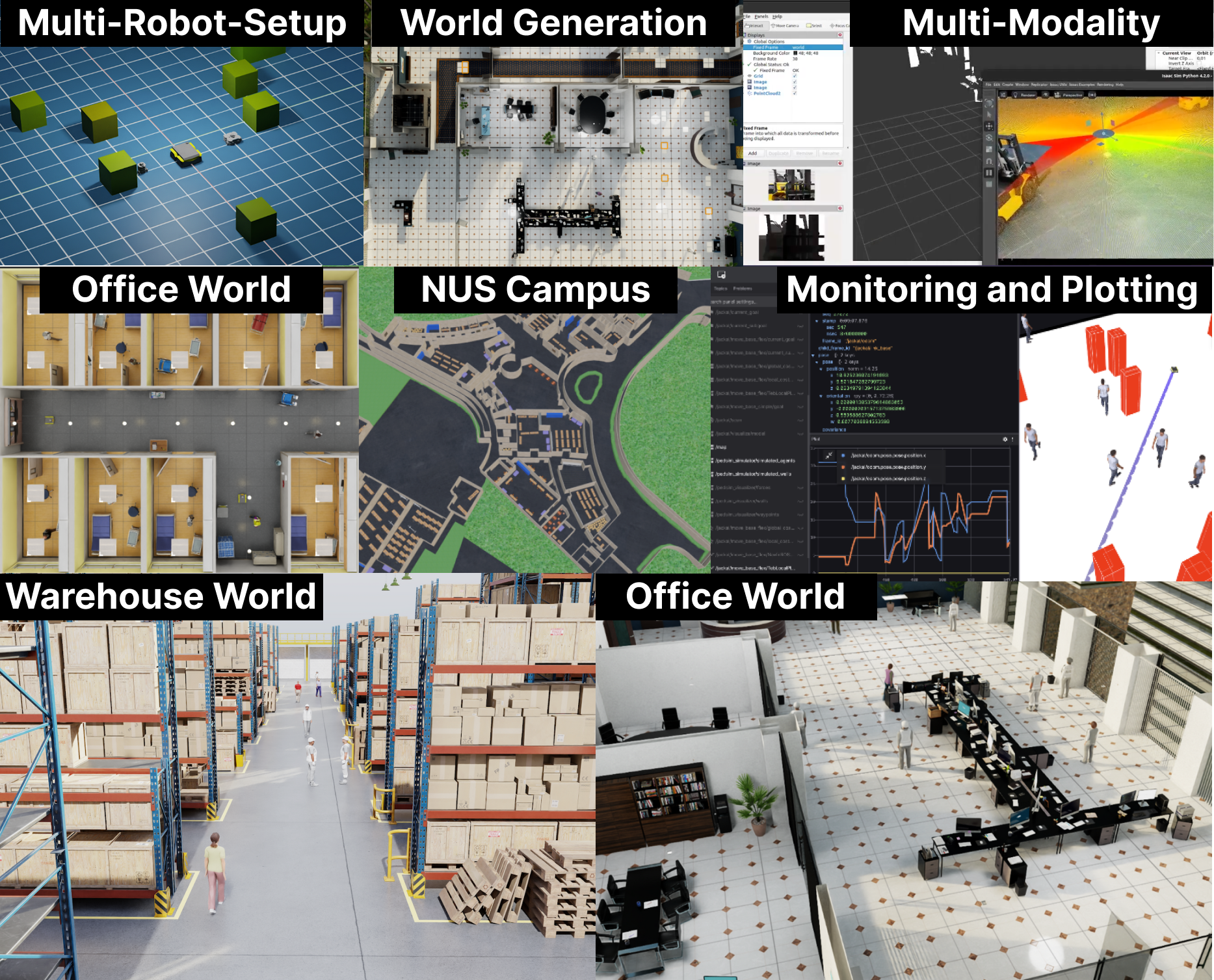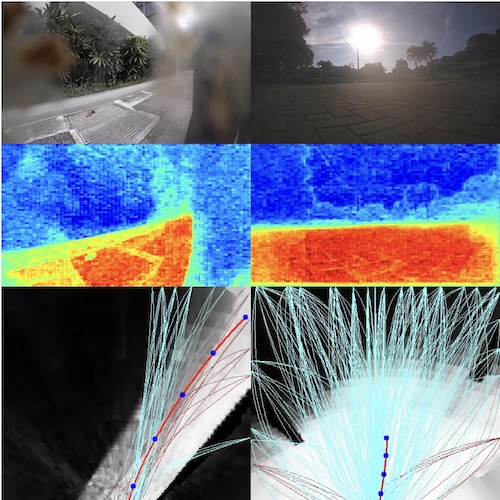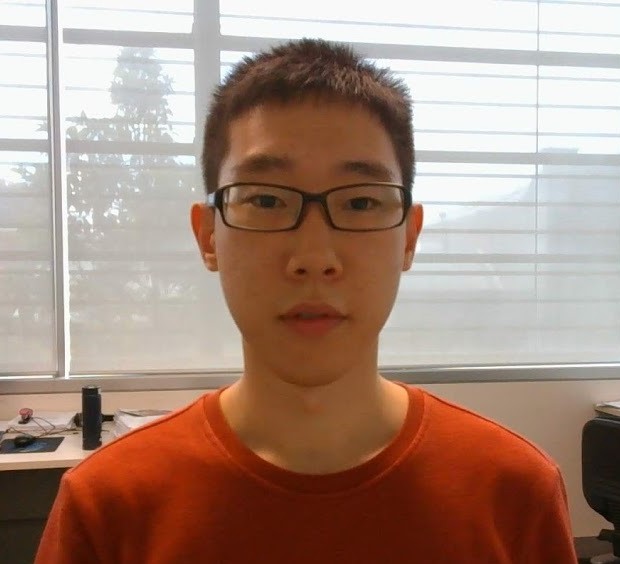GRaCE: Balancing Multiple Criteria to Achieve Stable, Collision-Free, and Functional Grasps, Tasbolat Taunyazov★, Kelvin Lin★, Harold Soh★, Robotics: Science and Systems (R:SS)
Links:
Ever had to balance multiple criteria and constraints while optimizing robot behavior?
This paper addresses the multi-faceted problem of robot grasping, where multiple criteria may conflict and differ in importance. For example, when grasping a scissors to pass to someone else, we would naturally grasp it by the blade so that the recipient can grasp the scissors by the handle. However, this is not always possible, e.g., when the scissors is in a mug (as it is on my office table):
 In such situations, how can we find an appropriate grasp that balances different criteria?
In such situations, how can we find an appropriate grasp that balances different criteria?
We introduce a probabilistic framework Grasp Ranking and Criteria Evaluation (GRaCE), which employs hierarchical rule-based logic and a rank-preserving utility function for grasps based on various criteria such as stability, kinematic constraints, and goal-oriented functionalities. GRaCE’s probabilistic nature means the framework handles uncertainty in a principled manner, i.e., the method is able to leverage the probability that a given criteria is satisfied.
In practical terms, a user would provide a ranking representing the importance of different criteria, and GRaCE computes a utility function automatically. As a concrete example:
- Stability
- Collision-Free
- Functionality (Goal-oriented)
GRaCE will derive a utility function that respects these ranks. Naturally, the grasps that satisfy all three criteria have the highest utility. Grasps that are stable and functional but not collision-free, will have higher utility than grasps that are collision-free and functional but not stable. Note that the rankings can be also made using more complex formulae (see paper for details).
To optimize this utility function, we propose GRaCE-OPT, a hybrid optimization strategy that combines gradient-based and gradient-free approaches:
Experimental results in both simulated and real-world scenarios show that GRaCE requires fewer samples to achieve comparable or superior performance relative to existing methods. The modular architecture of GRaCE allows for easy customization and adaptation to specific application needs.
Resources
You can find our paper here. Check out our repository here on github
Citation
Please consider citing our paper if you build upon our results and ideas.
Tasbolat Taunyazov★, Kelvin Lin★, Harold Soh★, “GRaCE: Balancing Multiple Criteria to Achieve Stable, Collision-Free, and Functional Grasps”, Robotics: Science and Systems (R:SS)
@inproceedings{taunyazov2023grace,
url = {https://arxiv.org/abs/2309.08887},
author={Taunyazov, Tasbolat and Lin, Kelvin and Soh, Harold},
title={GRaCE: Balancing Multiple Criteria to Achieve Stable, Collision-Free, and Functional Grasps},
year = {2024} }
Contact
If you have questions or comments, please contact Tasbolat or Harold.
Acknowledgements
-






